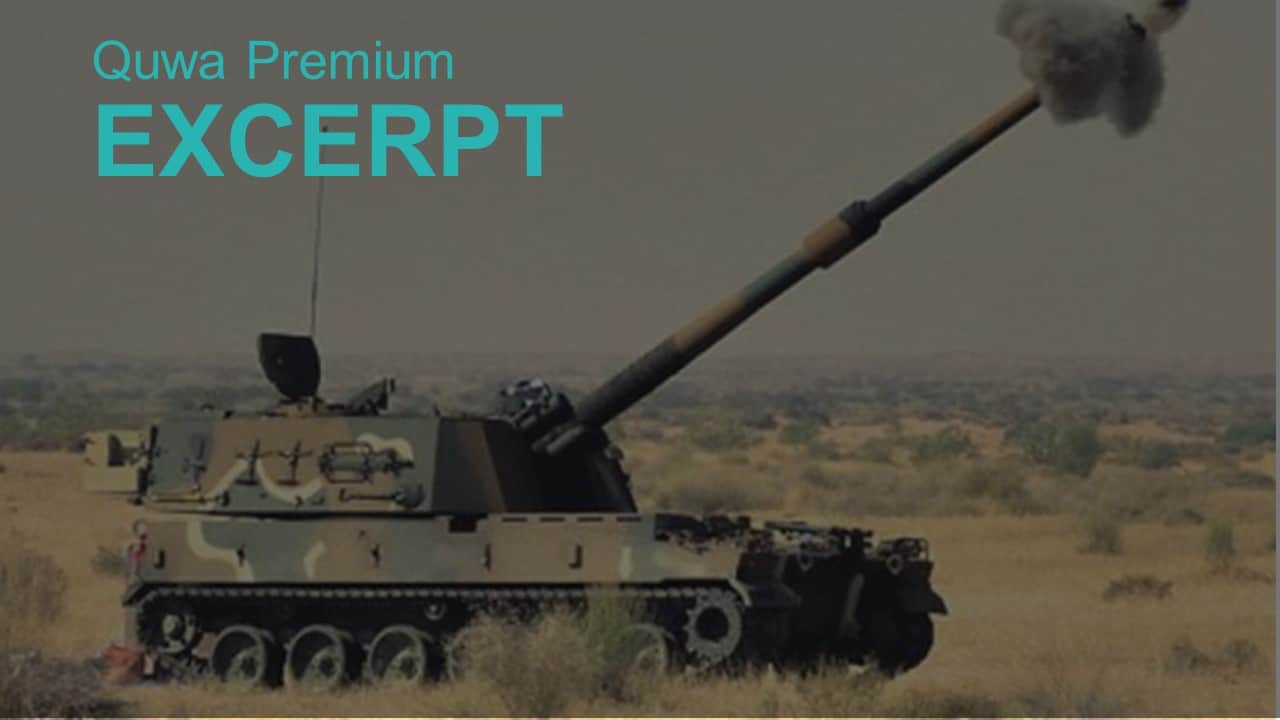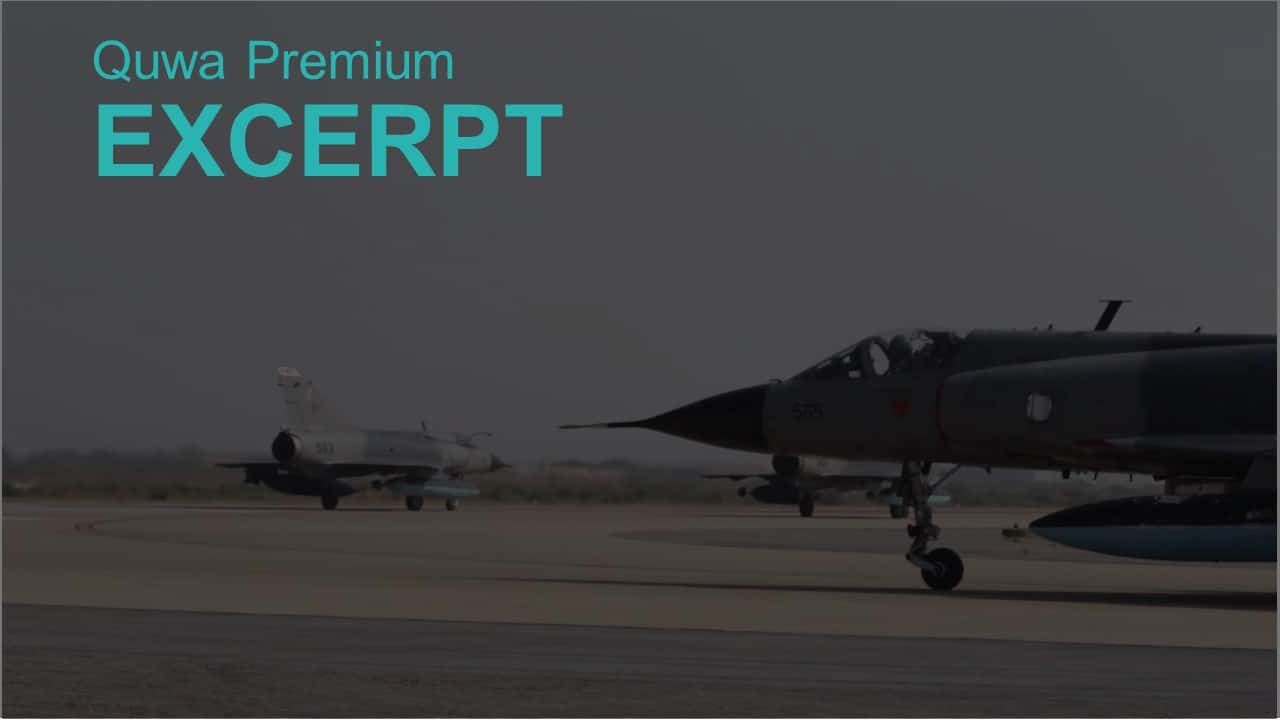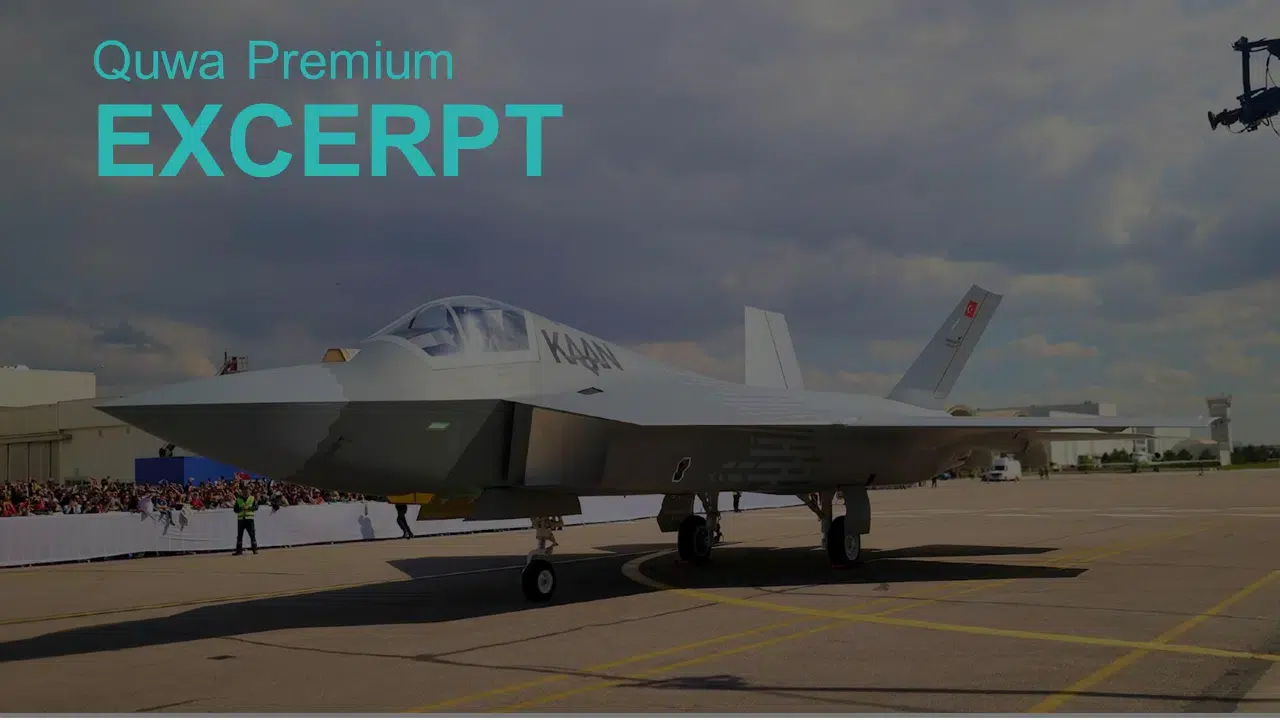2457Views

Indian Army Undertakes Massive Combat Exercise in Thar
On 13 November 2019, the Indian Army initiated a large-scale combat exercise on the western end of the Thar Desert in Rajasthan. Designated “Sindhu Sudarshan,” the large-scale wargame comprises of 40,000-plus troops alongside tanks, artillery and helicopters.[1]
According to an Indian Armed Forces officer (via The Times of India), the drill “aims to validate the battle readiness, operational effectiveness and deep strike offensive capabilities of the ‘Sudarshan Chakra’ (21) Corps in an integrated air-land battle scenario.”[2]
In other words, a key aspect of the exercise is to test the effectiveness of India’s ‘integrated battle groups’ (IBGs), which are meant to rapidly thrust into enemy territory through a composite force of infantry, tanks, artillery, and fixed as well as rotary aircraft, among other military assets.
This exercise is also serving as the first deployment or use of the Indian Army’s newly inducted Hindustan Aeronautics Limited (HAL) Rudra lightweight utility helicopters and the Vajra 155 mm/52-calibre tracked self-propelled howitzer (SPH), the latter being based on the Hanwha Land Systems K9 Thunder SPH.[3]
India’s Emerging Integrated Battle Groups
Though deployed, the IBG concept is still a work in progress. Currently, Indian officials believe it will take around four to five years to fully convert selected units into IBGs (The Economic Times).[4]
In general, IBGs will be around the size of – or smaller – than divisions, but integrate units from existing regiments. Reportedly, each IBG will be made up of six battalions, and in turn, report directly to a Corps.
Besides deploying a diverse composition of systems in one element, the IBGs will also be specialized. Be it the terrain of their operational environment, the specific threats India expects in a particular area, or the operational goals of the group, India will deploy multiple types of IBGs against its neighbouring foes.
Speaking to The Economic Times, an Indian official stated:
“If I know that my threat across the border is mechanised, then my IBG has to be equipped accordingly. If I know that when I cross the border during battle and will encounter ditches, then I will need breathing apparatus for my equipment. In another sector, if the threat is from armoured formations such as tanks, so I will need armour. We will also have to look at whether the IBG will need artillery and where can it be deployed.”[5]
Thus, a basic aim of the IBGs is to enable the Indian Army to deploy a specially suited force to each region or sector as to maximize potential success and minimize, if not eliminate, drawbacks and constraints.
For example, if a particular area cannot support SPHs, the Indian Army will not try to deploy the Vajra to that operational environment. Rather, it will save itself from the costs of trying (which could manifest through damage to the SPHs, slower movement, increased downtime, etc).
Instead, that specific IBG could draw on a greater measure of air support, especially with stand-off range weapons (SOW), such as the Rafael SPICE-series of precision-guided bombs (PGB).
Likewise, certain IBGs could be tailored towards specifically anti-armour operations, in which case, these might draw on a larger number of tanks and close air support (CAS) via the Army’s and/or Indian Air Force’s (IAF) AH-64E Guardian Apache and/or HAL Light Combat Helicopter (LCH) attack helicopters.
The variability of its IBGs benefits India in that it can likely utilize every deployed asset to maximum effect, rather than have idling systems or suffer from downtime. Likewise, this variability also means that there is no fixed method of countering them; like India’s IBGs, Pakistan’s counter or response forces would need to be just as diverse in their composition and tactical objectives.
However, the variability aside, one fixed objective across all IBGs is to mobilize rapidly and move as well as capture territory quickly. Thus, in addition to rapid mobility, relatively close positioning (to the targeted sectors) is also likely to occur, especially once India completes the first major phase of its IBG deployment by the mid-2020s. In other words, so long as India considers Pakistan a threat, the IBGs will be in relatively close proximity to Pakistan in normalcy and tension alike – the IBGs will basically be a fixed variable.
How Pakistan May Counter India’s Integrated Battle Groups
Pakistan views the IBGs under the scope of “Cold Start,” a doctrine it alleges is designed to initiate sudden and rapid thrusts into Pakistan so as to preclude Pakistan from retaliating through nuclear weapons. Thus, to render Pakistan’s apparent “nuclear threshold” useless and, in turn, force it to align to India’s terms…
End of Excerpt (754/1,789 words)
You can read the complete article by logging in (click here) or subscribing to Quwa Premium (click here)
[1] Rajat Pandit. “Army kicks off major exercise, as border hostilities with Pakistan continue.” The Times of India. 13 November 2019. URL: https://timesofindia.indiatimes.com/india/army-kicks-off-major-exercise-as-border-hostilities-with-pakistan-continue/articleshow/72045159.cms
[2] Ibid.
[3] Ibid.
[4] Shaurya Karanbir Gurung. “Integrated Battle Groups on Pakistan, China borders soon.” The Economic Times. 10 September 2019. URL: https://economictimes.indiatimes.com/news/defence/integrated-battle-groups-on-pakistan-china-borders-soon/articleshow/71057789.cms?from=mdr
[5] Ibid.


